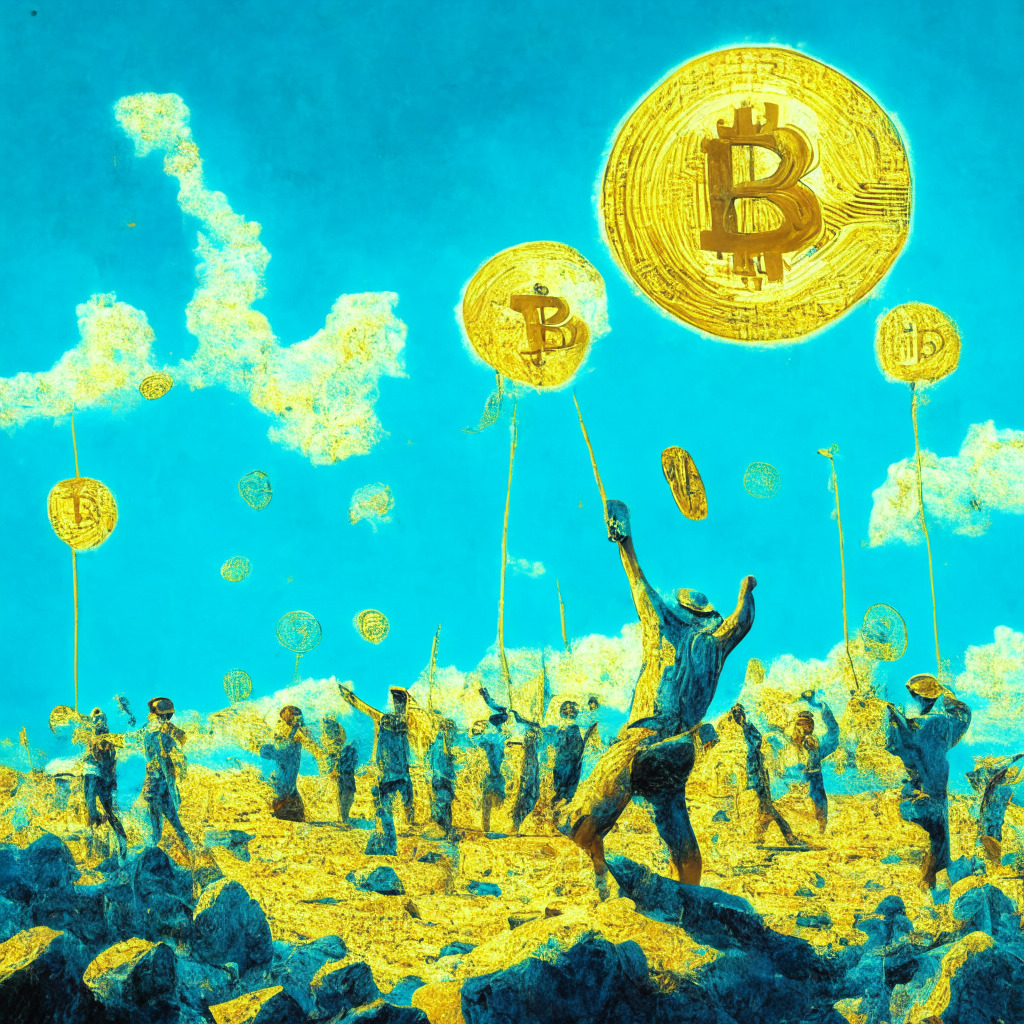The Reserve Bank of India’s (RBI) digital endeavor, the “digital rupee”, is not just domestic-centric. Another frontier is being explored – cross-border payment systems. The institution is currently engaged in deliberations with around 18 countries on means to simplify trade where US dollar reserves are scanty. Further, seen from the home front, another advantageous aspect of RBI’s digital rupee is the potential to augment India’s export by offering an alternative to countries that face dollar restrictions.
While India is well-endowed with dollars, there are markets which struggle for imports due to dollar deficiency. Hence, RBI governor Shaktikanta Das is keen on speeding up the foreign infrastructure to cater to the growing demand for the digital rupee. Not only can swift, seamless, and cost-effective cross-border payments be a reality, but it can also prove to be an economic elixir for countries grappling with dollar deficits.
A collaboration between the RBI and United Arab Emirates Central Bank is already in the offing, aiming to reduce costs, boost efficiency in cross-border transactions, and solidifying the economic bond between the two countries. The shared objective is achieved through mutual research into Central Bank Digital Currency (CBDC) related pilots and proofs-of-concept.
The digital rupee has been in existence since late 2022 with wholesale and retail versions launched in November 2022 and February 2023 respectively. In terms of participation, the project has amassed over 50,000 users within two months, and the hope is to incorporate over one million users as it expands the use cases across various jurisdictions. The RBI is considering the application of the digital rupee in money market funds, lending, and government-backed bonds too.
Despite the digital rupee being an experiment with numerous unknowns, the RBI has shown remarkable optimism in facing the challenges head-on under the guidance of its Deputy Governor T. Rabi Sankar. As an apex institution, the RBI has no intentions of alienating banks and others from the existing NDS-OM. Rather, their initiative is contributing to a broader revolution in finance.
An Atlantic Council study indicates a significant rise in wholesale CBDC developments since Russia invaded Ukraine, with over 130 central banks currently investing in CBDC-related research. The RBI’s pursuit of bridging the trade and remittance gap through the digital rupee has had a ripple effect, inspiring similar initiatives in other financial institutions across the globe.
In sum, the RBI’s digital rupee advancement is a two-fold narrative: a domestically critical tool for widening the financial infrastructure, making transactions efficient and affordable, and an internationally crucial agent for elevating India’s presence in the global trade arena.
Source: Cryptonews




